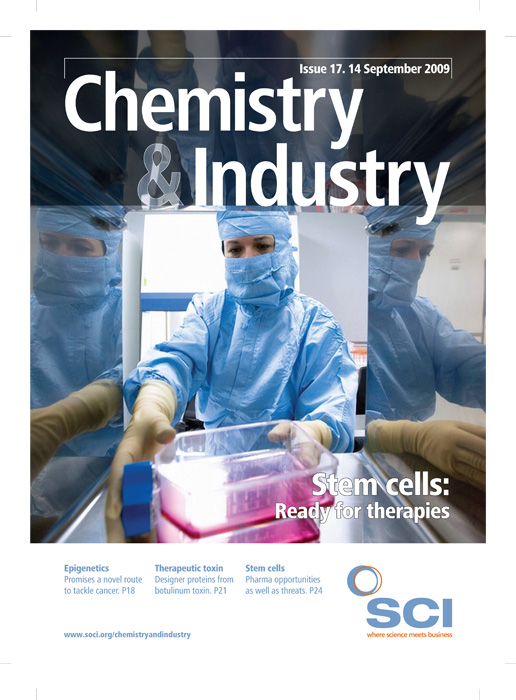The cost of REACH compliance may
be six times previous estimates
and use 20 times more animals,
according to the latest assessment by
toxicologists. The report, by the Trans
Atlantic Think Tank for Toxicology at
John Hopkins University in Baltimore,
US, is the first analysis of REACH
costs in five years and takes into
account the number of chemicals preregistered
at the end of 2008, which
‘vastly exceeded’ original estimates.
It will appear in the September issue
of the journal Altex, Alternatives to
Animal Experimentation (www.altex.
ch or http://altweb.jhsph.edu).
Based on their findings, the report
authors are calling for a moratorium
on the most costly tests – in terms
of both money and animal lives
– until alternatives are approved.
‘Investment into developing
alternative research methods to meet
REACH goals is urgently needed,’
says study author Thomas Hartung,
professor and chair for evidencebased
toxicology and director of the
US Center for Alternatives to Animal
Testing. ‘A revision of test approaches
especially for reproductive toxicology
is essential.’
Roughly 27,000 companies
were originally expected to submit
180,000 pre-registrations on 29,000
substances by the close of the preregistration
at the end of 2008.
However, the report authors say that
in fact some 65,000 companies made
more than 2.7m pre-registrations for
more than 140,000 substances.
To complete data collection on
these substances by 2018 as legislated
by REACH would be an ‘unprecedented
challenge’, according to Hartung and
co-author Costanza Rovida, writing
in an accompanying commentary in
Nature (460, 1080): ‘Toxicologists
do not have the appropriate tools –
whether high-throughput methods
or acceptable alternatives to animal
testing – to meet these expectations.’
The report estimates that
generating sufficient data for REACH
compliance will require 54m vertebrate
animals and cost €9.5bn over the next
10 years. About 70% of the projected
costs and 90% of the projected animal
use will come from reproductive toxicity
testing – to evaluate the effects of the
chemicals on reproductive functions.
However, Hartung and Rovida
say that number of animals tested by
REACH overall could be cut by 15% by
replacing the approved two generation
testing procedures for reproductive
toxicology testing with a less onerous
extended one generation approach.
They argue that studying the effects
of the chemicals in two generations
of animals from two separate species
gives only ‘marginal gains in safety
information’, while producing up to
40-60% of false positive results, which
could lead to the expensive withdrawal
of widely used chemicals.
Guidelines for this alternative
extended one generation study are
being developed by the Organisation
for Economic Co-operation and
Development (OECD), but Hartung and
Rovida point out that two EU member
states will only agree this approach
provided additional animal tests are
carried out, which would eliminate any
cost or animal savings.
However, while the European
Chemicals Agency (ECHA), which
oversees REACH, concedes that the
number of pre-registered chemicals
was ‘certainly larger than expected,’
it expects the final number of
substances registered by December
2010 will be about 9000, close to
the original European Commission
estimate. ‘Therefore, since we expect
that the number of substances to
be registered will be roughly the
originally estimated number, we
do not expect that the originally
estimated number of tests, including
the costs and use of laboratory
animals, will differ significantly from
the original estimates.’
The Agency, and the UK Chemical
Industries Association (CIA), ascribe the
large number of pre-registrations to the
fact that many firms have pre-registered
more substances than necessary as a
precaution to protect their businesses.
‘We recognise that REACH is likely to
result in an increase in animal testing
and the chemical industry is therefore
working to actively reduce unnecessary
testing whilst ensuring our products
continue to be safe,’ says Roger
Pullin, CIA occupational health and
environment executive.





